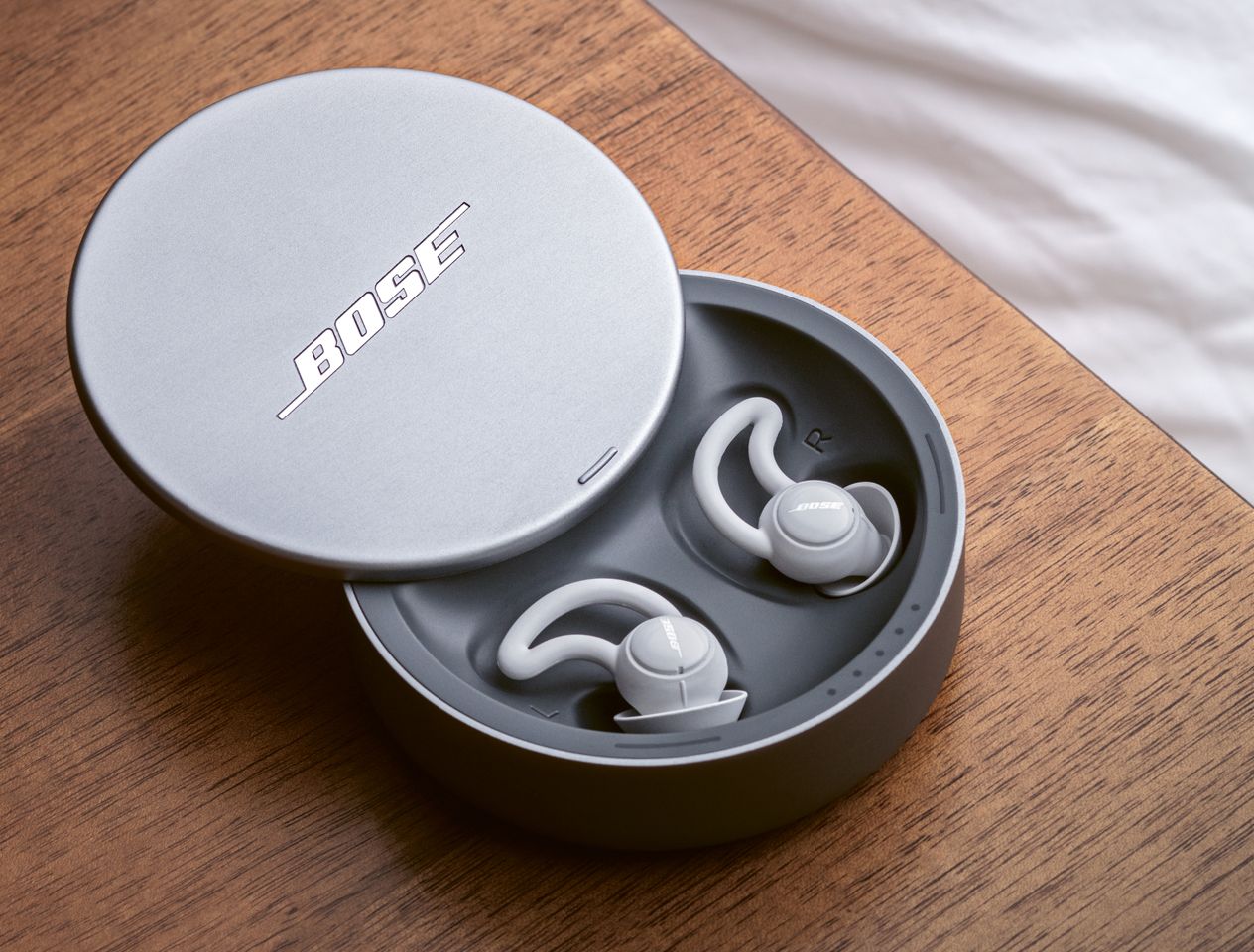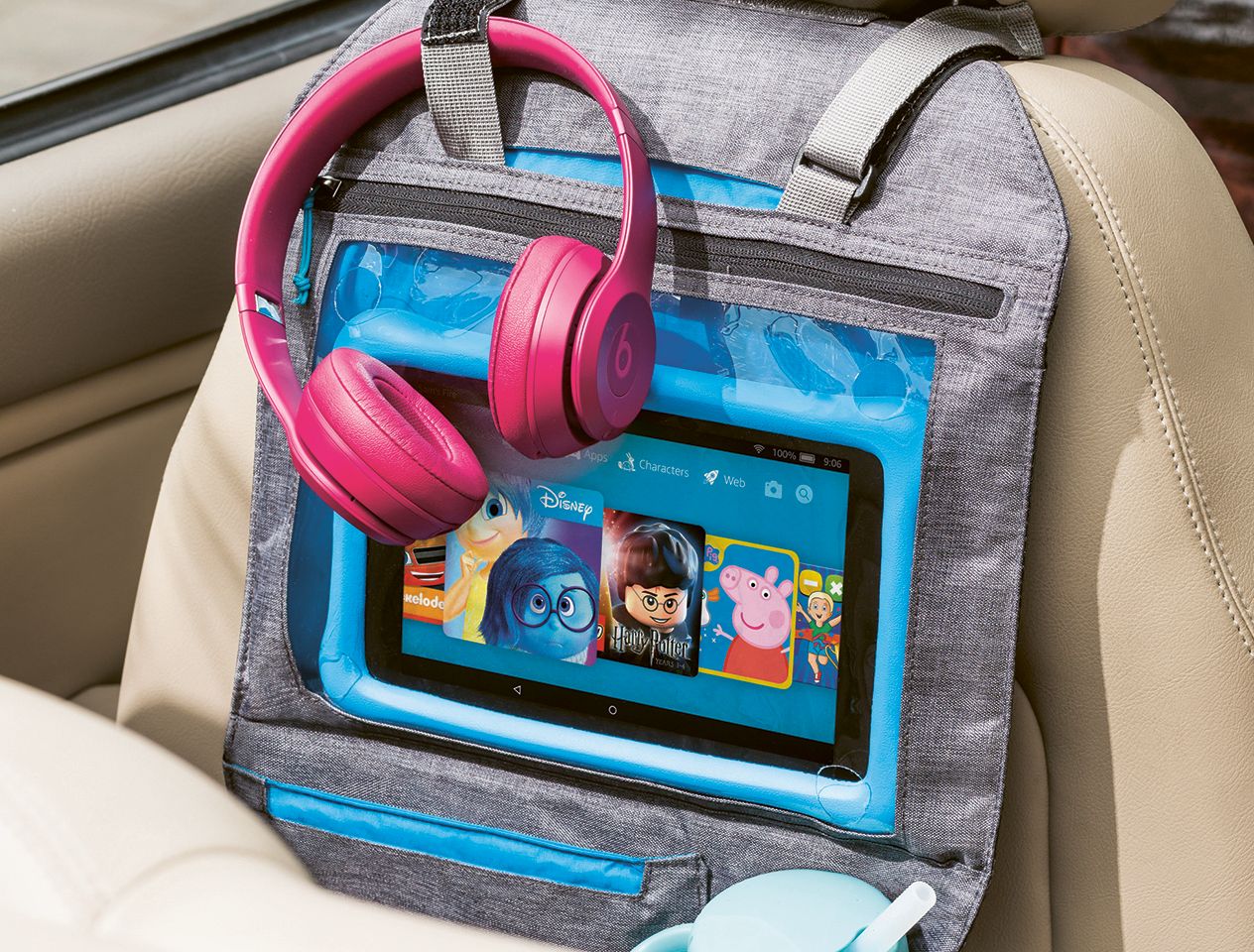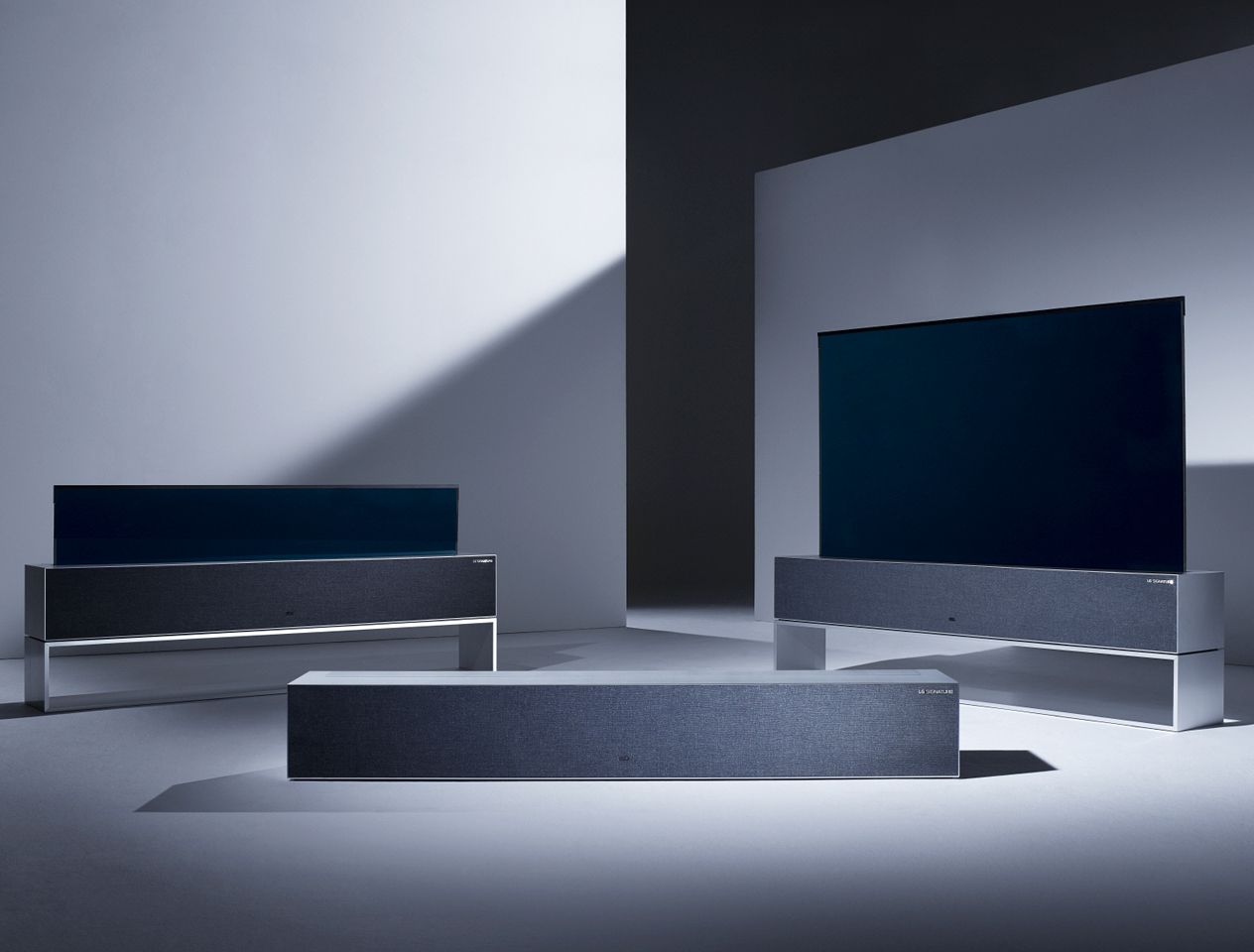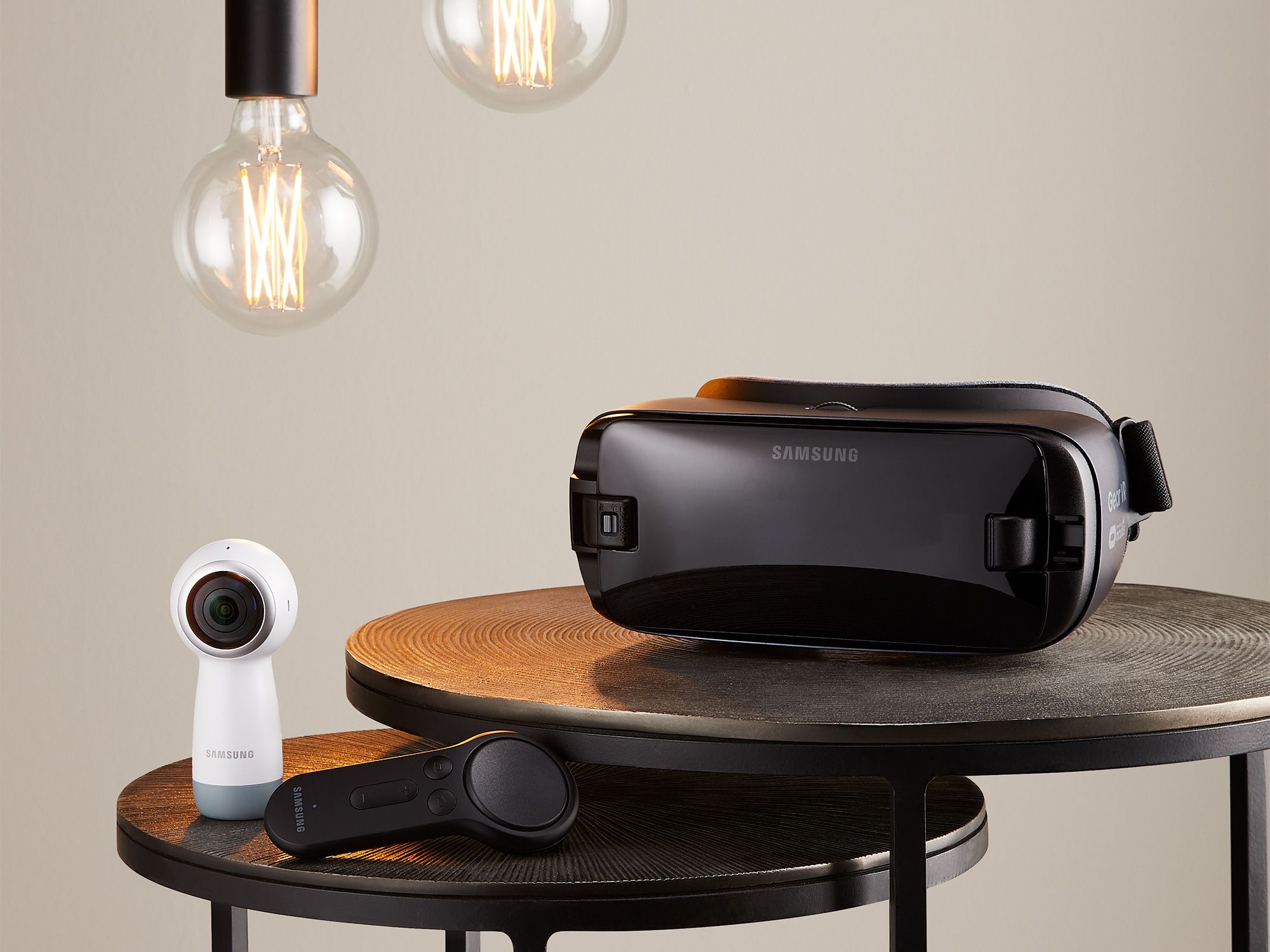Six steps to a better night’s sleep – and the technology that can help
Sleep: we all want more. From tracking your night-time patterns to blocking out your partner’s snoring, we’ve got the tech to help you drift off
Establish a regular bedtime
Going to bed and getting up at a consistent time each day are key to getting a better night’s rest and maintaining health. Setting a bedtime alarm can help get you into good habits – wearable tech like Fitbit and Apple Watch will give you a gentle prompt to start getting ready for bed. The latest iPhone and Android operating systems also come with bedtime features, restricting access to apps and dimming the screen to encourage you to switch off at a set time each day.
Leave tech outside the bedroom
Blue light from screens inhibits the production of the sleep hormone melatonin and interrupts our natural snoozing cycles. So leave laptops, tablets and smartphones outside the bedroom, or at least put them down a good 30 minutes before bedtime. Ideally your bedroom should be as dark and quiet as possible, and a cool 16-18˚C – keep temperatures consistent with the help of a smart thermostat, which can be programmed to turn the dial down at bedtime.
Get the lighting right
Smart lighting such as Philips Hue is a great addition to the bedroom, enabling you to create a calming environment with lots of different colours, and a slow fade to help soothe you to sleep. If you struggle to drop off, try a ‘light metronome’ like the Homni Smart Lamp or Dodow, which emit a gentle light pulse rhythm for you to breathe along to. As well as reducing stress, it gives a busy brain something to focus on, helping you relax into a peaceful slumber.
The sound of silence
While some of us need absolute quiet to fall asleep, others prefer a bit of background noise, whether music, the radio or white noise. A bedside Bluetooth speaker is ideal for streaming from your mobile device, but if you have a bedmate you don’t want to disturb, try a pair of true wireless headphones. Bose Sleepbuds (pictured above) are great for sleep – they block out noises like snoring or barking dogs, and are small and comfortable enough to wear all night. Rather than streaming music, they work with a companion app to deliver relaxing and noise-masking sounds such as birdsong and rainfall.
Keep tabs on your sleep patterns
They say knowledge is power, and getting a better understanding of your bedtime habits can help you make changes for the better. Sleep tracking with wearables has improved hugely in the past couple of years, mainly thanks to the addition of heart rate monitoring along with movement sensors. If you don’t want to wear a tracker on your wrist at night, there are bed-based alternatives, such as the Withings/Nokia Smart Sensor, a pad that sits under your mattress. While the technology is by no means foolproof, it’s a useful tool in helping to build up a picture of your sleep patterns. But be warned – checking your stats when you wake up in the morning can become strangely addictive…
Wake up more refreshed
Waking up naturally with light is a far more pleasant experience than a loud alarm going off in your ear. There are plenty of daylight lamps such as Lumie on the market, while the Philips Hue can also be set to gradually brighten at your chosen time. If you wear an Apple Watch or fitness tracker to bed, try a silent alarm that gives a gentle buzz on your wrist – enough to wake you, but not a sleeping partner. Some can also detect the best point in your sleep cycle – when you’re in a light phase – to wake you, helping you to feel more refreshed and ready to face the day.




